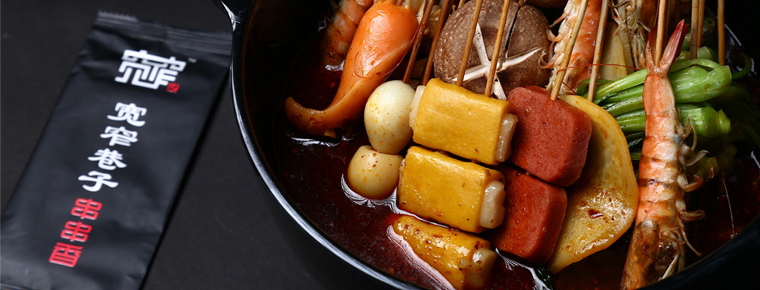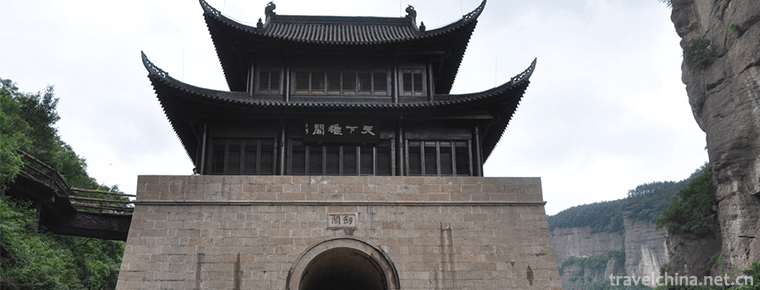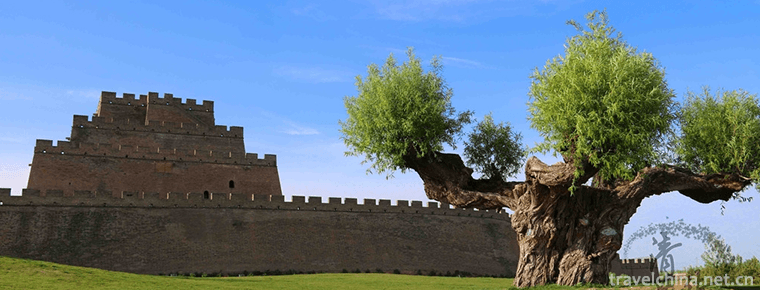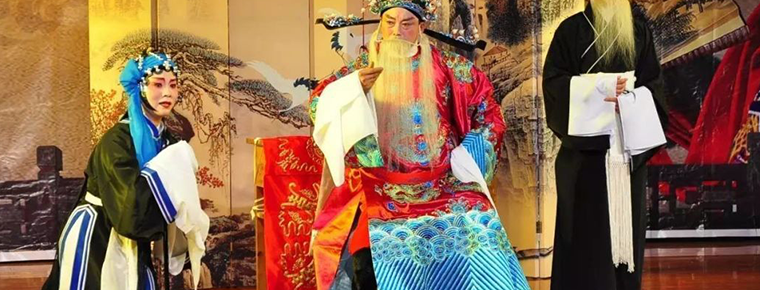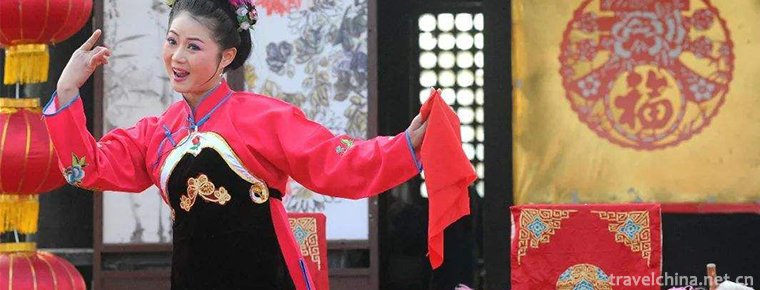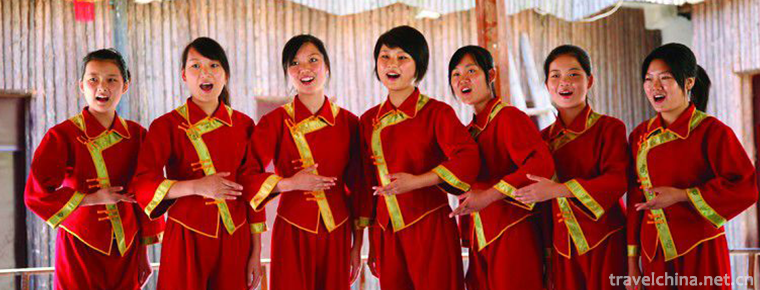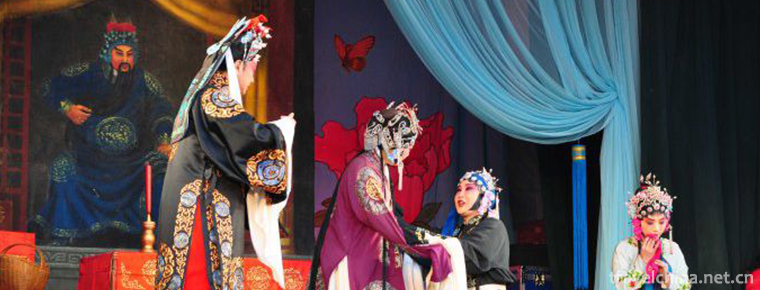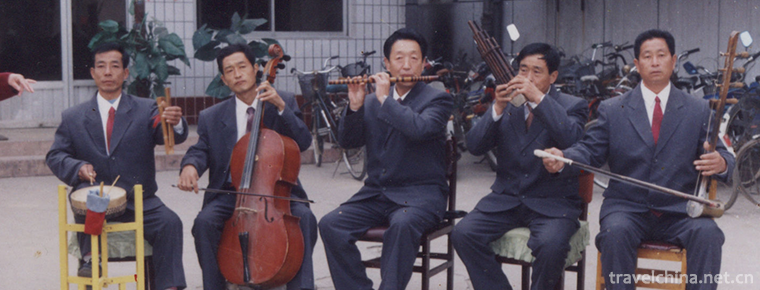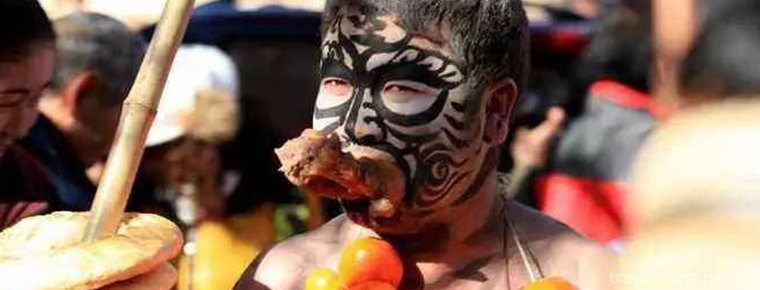Mount balang
Mount balang
Balang mountain, also known as "colorful mountain", is located between Wolong Nature Reserve and Siguniang mountain scenic area. Balang mountain is called balangla in Tibetan language. It is 5040 meters above sea level. When you look up, you can see that the mountains are covered by mountains and meadows, like huge carpets covering the mountains. Herds of cattle and sheep are happy. The mountains are divided into two parts: the upper part is the Alpine meadow with colorful wild flowers, and the lower part is the mountain meadow with colorful wild flowers The mysterious and deep primitive forest. The mountain road and pass area of balang mountain has a sea level of about 4000 meters. The mountain is high and the slope is steep. However, the scenery is extremely beautiful. The white clouds are like the sea, the snow mountains are continuous, and the meadow is undulating. "Unlimited scenery is at the dangerous peak". When you cross the balang mountain, you can turn around the peak and turn around, and you will feel faint and dusky. It's no wonder that the ancients wrote when they passed the balang mountain that "the autumn wind is at the top of the mountain immediately, and there are thousands of cliffs and gullies with colorful scenery. Put on the clouds, according to the Chenji, the body in the blue sky between purple.
brief introduction
Balang mountain, also known as "colorful mountain", is located between Wolong Nature Reserve and Siguniang mountain scenic area. In the east of Xiaojin County, at the junction of Xiaojin, Wenchuan and Baoxing, it is more than 200 kilometers away from Chengdu. Balang mountain is 5040 meters above sea level. It is called balangla in Tibetan, meaning shengliu mountain. The mountains above 4000 meters above sea level in the scenic area are cold and weathered mountains. The mountains are steep and rugged, and the rocks are exposed. Debris slopes and rock heaps formed by falling rock debris can be seen everywhere. The winding road is the most dangerous road to the east of Aba Prefecture. On the mountainside of 3500 meters above sea level, various wild flowers are scattered on the alpine meadow, and flocks of cattle and sheep are in the blue sky Under the clouds, you are happy. The vast sea of clouds divides the majestic mountain range into two parts: the mountain meadow with wild flowers above, and the mysterious and deep primitive forest below.
Travel?
Standing on the top of the mountain, I saw the wind and clouds surging in the long Canyon, which was spectacular. There are also wonderful pines hanging in the valley among the dense forests of the virgin forest. The sea of clouds on Mt. balang, known as the "one wonder", has the wonder of whether there is wind surging. Known as "Er Qi" are clouds with a thickness of up to 2000 meters, which are ever-changing, rolling, moving and surging like a giant dragon, as well as clouds that are soft and strong with a sharp and powerful howl. Balangshan pass, 4480 meters above sea level, is a good place to see the sea of clouds and sunrise.
Balang mountain is called "abalangyi" in Tibetan. According to local myths and legends, "abalangyi" is the father of four girls. The main peak of balang mountain is 5040 meters above sea level, and the pass through which the highway passes is 4480 meters above sea level. It is one of the famous highway passes through with high altitude in China. Driving through here, you can enjoy the peak turning of the highway between the mountain ridges on the plateau, and feel the thrill and danger of self driving.

Mount balang
-
Jianmenguan Scenic Area
Jianmenguan Scenic Area is one of the national AAAAA class tourist attractions, National Scenic spots, national key cultural relics protection units, National Forest park, national natural and cultura
Views: 233 Time 2018-12-12 -
Zhen Bei Tai
Zhenbeitai, World Heritage Site, National Key Cultural Relics Protection Unit. It is located on the top of Hongshan Mountain, 4 kilometers north of Yulin City, a famous national historical and cultura
Views: 251 Time 2019-03-17 -
Chun an Triangle Opera
Sanjiao Opera is one of the traditional operas in Hangzhou, Zhejiang Province. Chun'an folk custom is still singing and dancing. Every Spring Festival Lantern Festival, there are Nuo operas
Views: 127 Time 2019-04-22 -
Hengshui painting
Hengshui Inner Painting, a traditional folk art in Hengshui, Hebei Province, is one of the national intangible cultural heritage.
Views: 227 Time 2019-05-03 -
Liuqin drama
Liuqin Opera, a local traditional drama in Zaozhuang City, Shandong Province, is one of the national intangible cultural heritage.
Views: 160 Time 2019-05-14 -
Lv Jiahe Folk Song
Lvjiahe Folk Song is a kind of folk song which is popular in Lvjiahe Village, Guanshan Town, Danjiangkou City, Hubei Province. Located in Wudang Mountain Scenic Area, the village retains a large numbe
Views: 215 Time 2019-05-15 -
Qu Opera
Opera is one of the traditional operas mainly spread in Henan Province. It was also called "Gaotai Opera" or "Quzi Opera" in the old days. Quju is popular in Henan Province and its
Views: 102 Time 2019-06-11 -
Four strands
Four-strand string, also known as four-strand string, two-strand string, five-tune string and five-tune tune tune tune, is one of the ancient traditional local operas in China. It originates from Julu
Views: 410 Time 2019-06-16 -
The Tu nationality in Yuqiu
Tu nationality, spread in Nianduyu Village, Tongren County, Qinghai Province, is a unique local folk culture form. It is held from November 5 to 20 of the lunar calendar every year. It includes ceremo
Views: 229 Time 2019-06-23 -
Plant resources in Guangan
The forest vegetation in Guang'an City belongs to the vegetation area of evergreen broad-leaved forest and coniferous broad-leaved mixed forest in the middle subtropics. Gymnosperms include Pinaceae, Cupressaceae, Ginkgo biloba and Metasequ
Views: 311 Time 2020-12-19 -
Administrative division of Dazhou
In 1950, Daxian district was set up, which belongs to the northern Sichuan administrative region. Daxian special office is located in Daxian county and governs eight counties, including Daxian County, Xuanhan County, Kaijiang County, Pingchang
Views: 112 Time 2020-12-20
